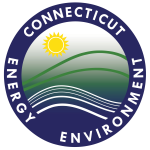Coastal Management
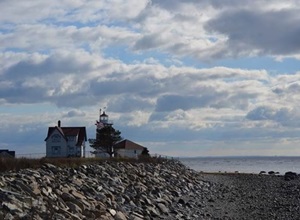
Coastal Management Overview
Connecticut's coast provides myriad opportunities for
recreation, public access, commercial fishing, marine
trades and international shipping, as well as habitat for
fish, shellfish, birds, wildlife and plants. Therefore, we
need to ensure it is available for future generations.
Learn how Connecticut's Coastal Management Program
works to balance the protection of coastal resources
with sustainable economic uses of the shoreline.
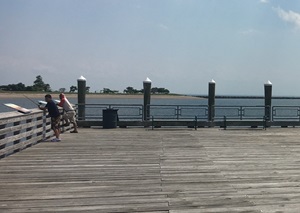
Coastal Planning
Coastal land use planning promotes the consistent
application of the goals and policies of Connecticut's
Coastal Management Act in order to maintain
the compatibility of coastal uses with the protection
of coastal resources. Access a variety of planning
guidance, including Connecticut's Coastal
Management Manual.
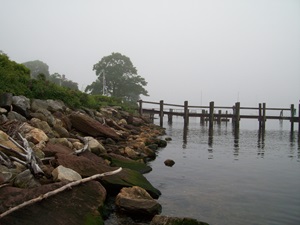
Coastal Permitting
Find information about the different types of coastal
permits and permitting requirements for activities
proposed in coastal, tidal, or navigable waters, or within
tidal wetlands.
Living Shorelines
Learn about living shorelines and their applications
in Coastal Management.

Coastal Habitat Restoration
Managing Connecticut's coast includes
repairing natural areas that have been
damaged from past activities. Learn
about Connecticut's coastal habitats and
how they are being restored.
Tidal Wetlands
Learn about this important coastal habitat
and how it is protected in Connecticut.
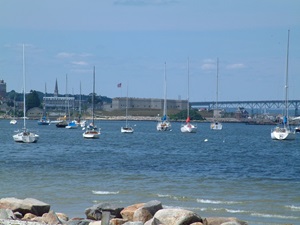
Connecticut Harbor Masters
Local harbor management helps to minimize the
impacts to sensitive coastal resources, as well as visual
impacts to scenic resources. Connecticut's Harbor
Masters supervise harbor activity to ensure its
consistency with their towns' harbor management plans.
See which towns have a local Harbor Master.
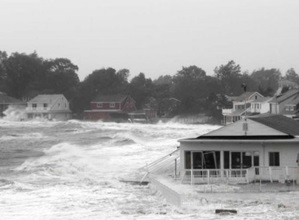
Coastal Hazards
Understand more about the types of hazards
that affect Connecticut's dynamic coast and learn
everything to being prepared for the next coastal
hazard event.

